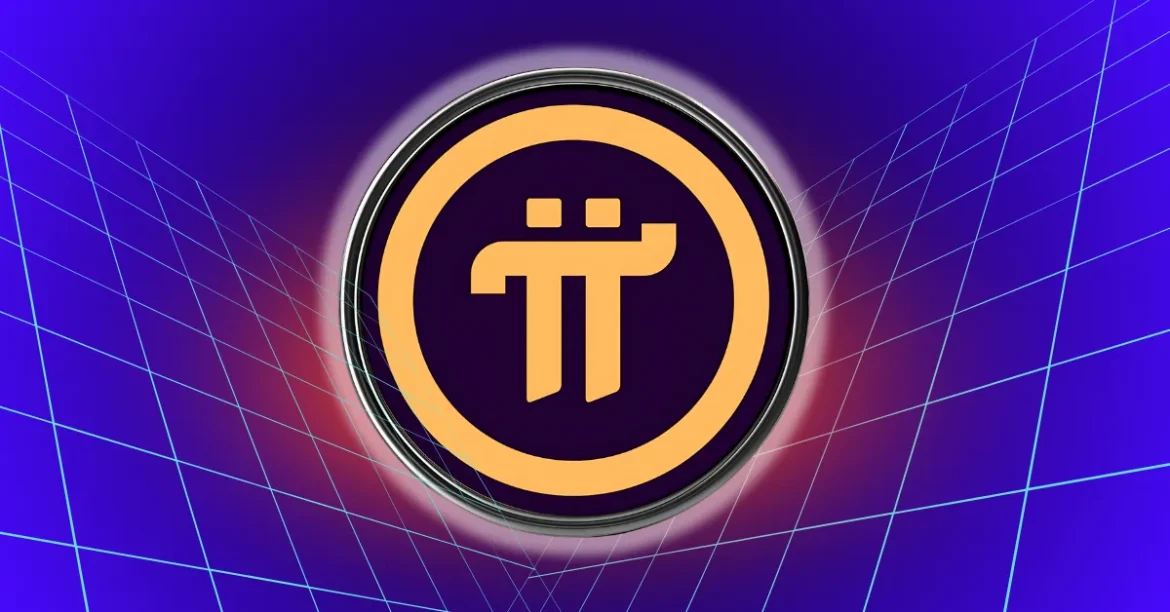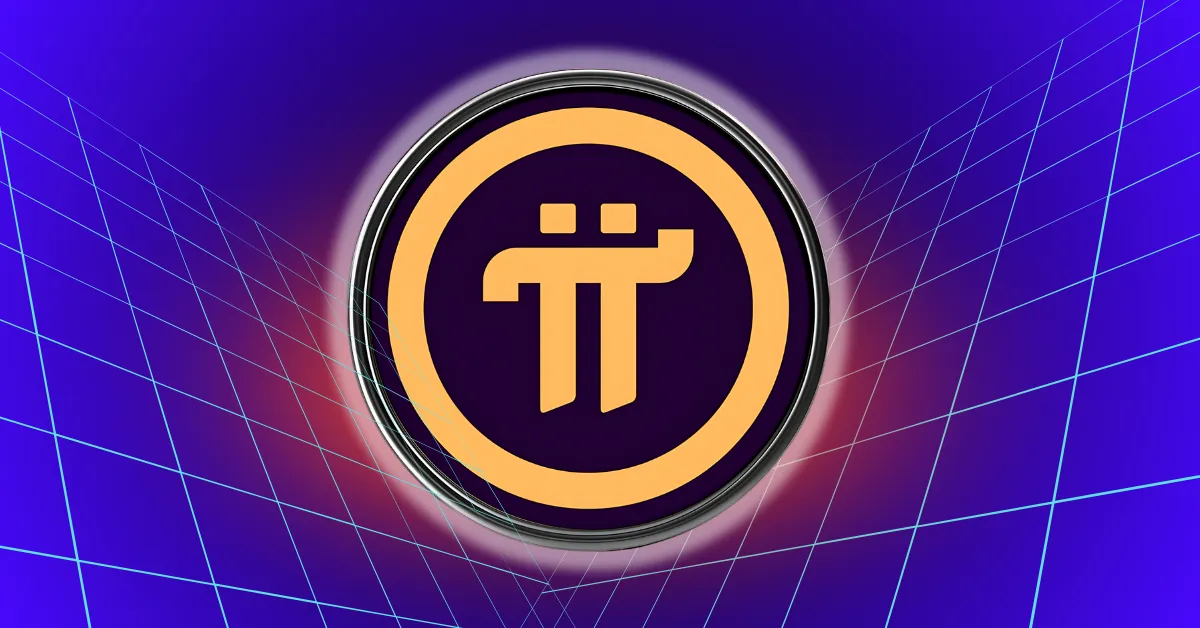The Rising Concerns Around Pi Network: A Deep Dive into Centralization, Risks, and Market Dynamics
Introduction
In the rapidly evolving landscape of cryptocurrencies, the allure of innovative projects like Pi Network has garnered widespread attention. Promising mass adoption, community-driven mining, and a user-friendly approach, Pi Network appears to be carving out its niche. However, beneath its appealing veneer lie significant red flags that echo the cautionary tales of past crashes, notably Terra Luna’s catastrophic downfall. This analysis aims to dissect these concerns comprehensively, considering market behavior, centralization issues, potential vulnerabilities, and the broader implications for investors and the crypto ecosystem.
Understanding Pi Network’s Foundations and Ambitions
Pi Network positions itself as a social cryptocurrency designed for accessible, everyday use. Its core premise involves users mining Pi coins via smartphones, emphasizing low barriers to entry. The project touts a vision rooted in decentralization, democratizing blockchain participation without expensive hardware. Its ecosystem includes developer platforms and aims to foster real-world utility, ostensibly aligning with broader blockchain ideals.
However, delving into the operational mechanics reveals complexities and inherent risks that warrant scrutiny.
The Centralization Dilemma: A Red Flag in Disguise?
One of the most persistent concerns echoed across multiple analyses and community voices pertains to the high degree of centralization within Pi Network. The core team reportedly controls an astonishing 82.8 billion Pi tokens, a substantial reserve that raises questions about power concentration. This centralization is contrary to the fundamental ethos of blockchain—distributing control among a broad user base.
Red flags associated with such centralization include:
– Control Over Token Supply: With the team holding predominantly pre-mined tokens, future market dynamics could be manipulated, whether intentionally or due to internal conflicts.
– Opaque SuperNode Selection: The process for choosing SuperNodes—nodes that facilitate network validation and governance—is criticized for its opaqueness. Community members voice doubts about fairness and transparency, suspecting that favoritism may influence node distribution, thereby diminishing decentralization.
– Implications for Trust and Security: When a single entity or a small group holds significant tokens and influences network validation, it makes the project vulnerable to malicious activities, hacks, or internal disputes, much like what happened with Terra Luna prior to its collapse.
Lessons from Terra Luna’s Crash
The Terra Luna collapse of May 2022 offers a stark example of the devastating effects of centralization and systemic weaknesses. Terra’s stablecoin UST was algorithmically stabilized through a complex arbitrage mechanism involving Luna tokens. However, in a sudden loss of confidence, UST depegged, triggering a cascade that wiped out billions in value overnight. Key takeaways include:
– Overreliance on Algorithmic Stability: Illiquidity or loss of faith can rapidly undermine the system.
– Centralized Control and Risk Concentration: The developers’ significant holdings and governance influence led to vulnerabilities, especially amid internal conflicts or malicious actions.
– Market Psychology and Herd Behavior: Once trust eroded, the entire ecosystem unraveled swiftly, illustrating how fragile such arrangements can be.
The Similarities Between Pi Network and Terra Luna
While Pi Network is still in developmental phases, warnings about its potential risks are emerging:
– Concentration of Power: Similar to Terra, PI’s significant token holdings by the core team pose systemic risks.
– Opaque Governance: Lack of transparency in node selection and decision-making processes could lead to central points of failure or manipulation.
– Potential for a Collapse: Should the team decide to offload large token quantities or if internal conflicts surface, the network could experience sharp price declines or loss of trust—similar to the Terra Luna incident.
Market Volatility and Speculation
Recent market behaviors further mirror prior warning signs:
– Price Crashes Post-Mainnet Launch: PX token experienced a sharp 65% decline following its mainnet debut, with technical indicators pointing toward further downside. Such volatility signals underlying instability and investor nervousness.
– Low Trading Volumes and Liquidity Concerns: As trading volume collapses, confidence wanes, and the potential for price manipulation or sudden dump-offs increases.
– Community and Investor Skepticism: Multiple reports highlight warnings from analysts and community members about the risk of a “rug pull” or unsustainable valuation, especially given the inflation of user numbers and questionable mining claims.
Analysts’ Warnings and Red Flags
Expert opinions, drawn from various sources, emphasize caution:
– Red Flags Often Missed: Past lessons from Terra Luna demonstrate that initial enthusiasm can overshadow systemic vulnerabilities, which only become glaring under stress.
– Red Flags Specific to Pi: These include the opaque supernode selection process, large locked token reserves controlled by the team, centralization of authority, and recent declines in trading volume despite high user numbers.
– Structural Risks: Similar to Mantra’s OM token, analysts warn of forced liquidations, illiquid markets, and potential central exchanges orchestrating sell-offs, creating a domino effect.
Potential Future Trajectories
The trajectory of Pi Network hinges on several factors:
– Mainnet Stability: The upcoming launch on February 20, 2025, is critical. While excitement is high, the lessons from Terra Luna suggest that such milestones can trigger sharp corrections if underlying vulnerabilities are exposed.
– Decentralization and Governance: The community’s ability to scrutinize and influence governance decisions will be vital. Transparency in SuperNode selection, tokenomics, and decision-making processes can build or erode trust.
– Market Sentiment and External Risks: Broader market conditions, regulatory scrutiny, and external shocks can amplify existing risks.
– Possibility of a Crash or Rebound: While some speculate about Pi’s potential to hit $2.50 in coming months, the prevailing consensus among skeptics remains cautious, emphasizing that price surges often precede breakdowns in projects with systemic red flags.
Conclusion: Navigating the Minefield
The allure of Pi Network as an inclusive, user-friendly cryptocurrency is undeniable, yet history offers stark warnings. The parallels with Terra Luna’s implosion—centralization risks, opaque governance, market volatility—highlight that without structural reforms, it remains vulnerable to catastrophic failure. Investors and community members should weigh the excitement against the red flags, recognizing that a project boasting mass user adoption is not immune to the fundamental perils of unchecked central control and lack of transparency.
Evaluating the future of Pi Network requires discerning analysis, skepticism, and an understanding that even the most promising platforms can falter if systemic issues remain unaddressed. The lessons from past crashes serve as cautionary tales, urging vigilance and due diligence in this thrilling yet treacherous space.
—
Red Flags and Risks in Pi Network: A Critical Reflection
The core issues of centralization, opacity, and market volatility form a quintessential warning sign for potential investors. Maintaining a skeptical outlook, monitoring community concerns, and demanding transparency are essential steps. Past failures like Terra Luna’s cautionary fall serve as a stark reminder that robust decentralization and transparent governance are not merely ideals but necessities for sustainable growth in cryptocurrency projects.





